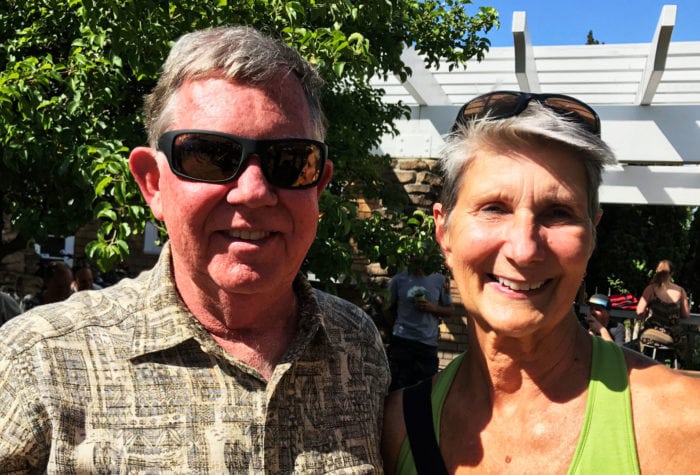Authors: Jeremy Austin, Mac Lacy, Gena Goodman-Campbell and Lace Thornberg | Published: October 21, 2022
This is a story about people who noticed a problem and chose to act.
It starts in 1987, in a tavern in Bend, Oregon, where a hodgepodge collection of 20 or so folks – some students, teachers, doctors, naturalists and others – gathered one Thursday evening. A shared love of wild desert spaces had drawn them together, and the realization that the high desert lands and waters they loved had no group dedicated to their protection was spurring them to action.
They could have ignored the call and hoped that someone else would come to the desert’s aid. Instead, these public lands enthusiasts mobilized, brimming with moxie and bravado. As founding ONDA member and current staff member Craig Miller put it: “So what if we were up against some political obstacles, including our President (Regan), our Congressman (Denny Smith), and the Oregon Cattlemen’s Association? Who cared if we didn’t have money or experience? What was it to us that most people didn’t even know Oregon had a desert, and those who did considered it a wasteland?”
Dubbing themselves the “Oregon Natural Desert Association,” this group of people – which you are a vital member of today – became the heart and soul of Oregon’s desert conservation movement.
As we offer this brief look back at ONDA’s origins and ongoing evolution, decorated with stanzas from “The Ballad of ONDA” authored by founding ONDA member Alice Elshoff, we hope you’ll be impressed by this small sample of what the organization has undertaken so far and excited as you think about what can be accomplished next.

